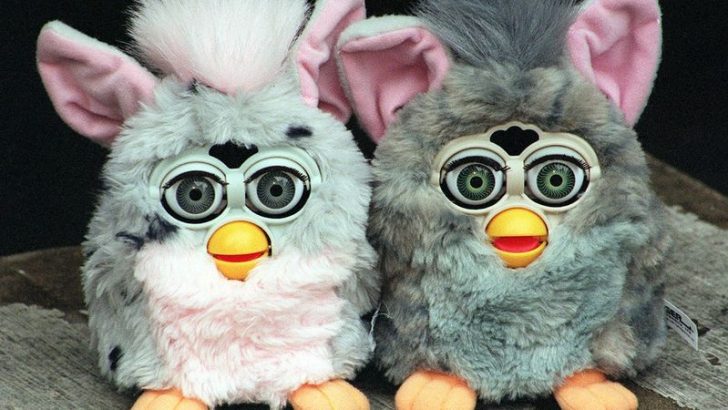The ’90s was a golden era for toys, many of which unknowingly paved the way for future careers that didn’t yet exist. These toys did more than entertain; they equipped us with skills and imagination for jobs of tomorrow. Here’s a nostalgic look back at nine iconic toys that were shaping our future in surprising ways.
1. Tamagotchi
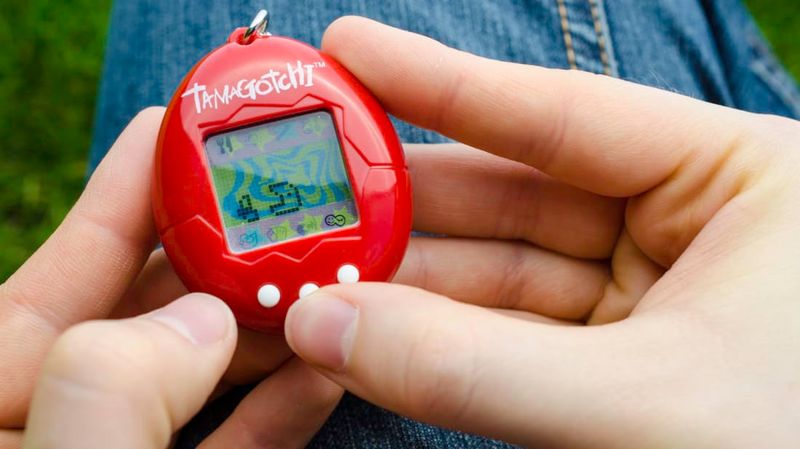
Remember the tiny electronic pet that beeped relentlessly for your attention? Tamagotchis were more than a fad; they taught responsibility and digital nurturing. Each beep was a reminder to feed, clean, or play with your digital friend, simulating care for a virtual being.
Today’s equivalent might be managing virtual assistants or AI companions, fields that didn’t exist in the ’90s. Who knew that pressing those three little buttons could foreshadow future interactions with technology?
Fun fact: The name ‘Tamagotchi’ is a blend of the Japanese ‘tamago’ (egg) and ‘watch,’ hinting at its portable, time-based care needs.
2. Bop It

Bop It was the ultimate test of reflexes and quick thinking. This interactive toy commanded players to bop, twist, and pull in rapid succession, boosting cognitive agility and coordination.
In today’s fast-paced tech world, such skills are crucial for roles in virtual reality game development and interactive media. Players learned to make split-second decisions, a skill now invaluable in tech-driven environments.
The game’s demand for fast reactions mimicked the multitasking required in modern digital jobs, making Bop It an inadvertent trainer for future tech leaders.
3. LEGO Mindstorms
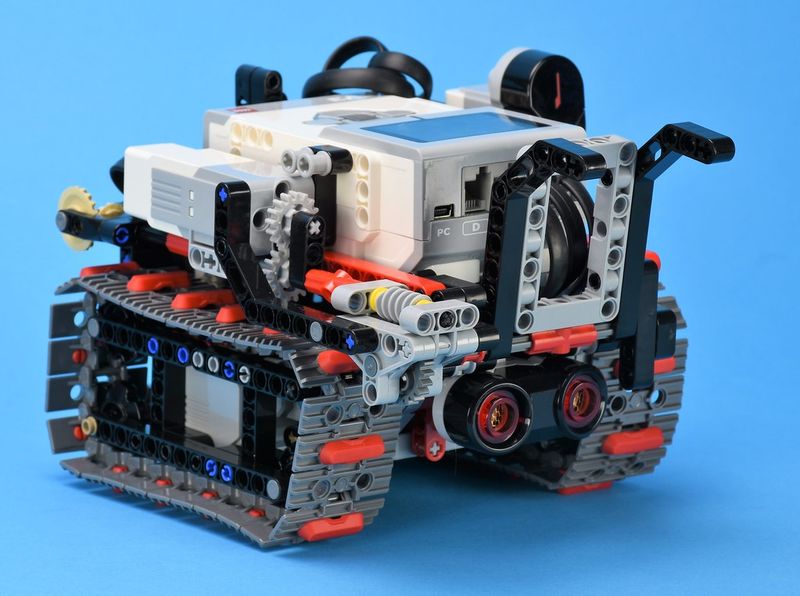
Long before STEM became a buzzword, LEGO Mindstorms were laying the groundwork for young engineers and programmers. These kits combined traditional LEGO building with simple robotics and programming, encouraging logical thinking and problem-solving.
Kids who tinkered with Mindstorms were unknowingly preparing for careers in robotics and software development. The toy inspired creativity while teaching the basics of coding and engineering principles.
Building functional robots from scratch instilled a sense of achievement and a foundational understanding of technology, skills still vital in today’s tech-centric job market.
4. Polly Pocket
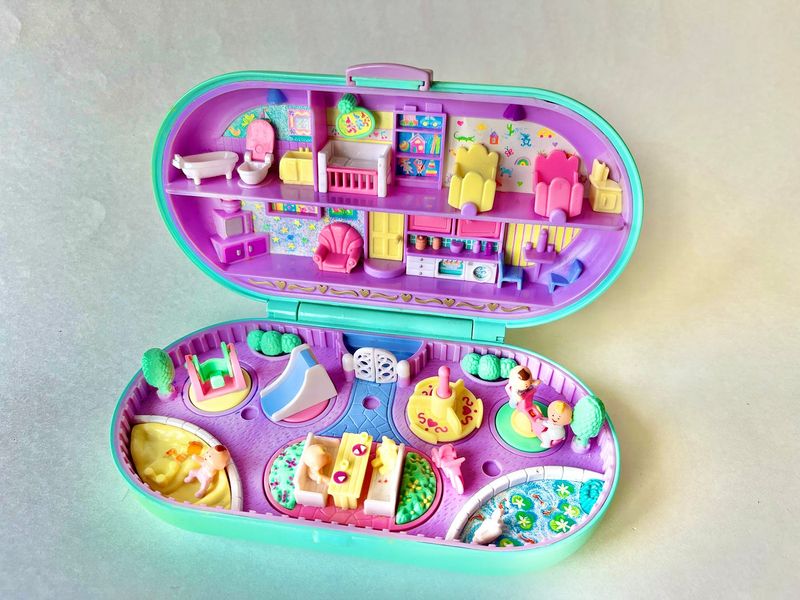
Polly Pocket, with its intricate miniature worlds, was more than just a dollhouse. It nurtured spatial awareness and storytelling abilities in young minds. Arranging the tiny environments fostered creativity and attention to detail.
Today, these skills translate into careers in UX/UI design and miniature modeling, where understanding user interaction with small-scale environments is crucial.
The compact playsets taught kids to visualize and manipulate mini spaces, laying a foundation for designing intuitive, user-friendly interfaces, a key component in modern tech design roles.
5. Game Boy
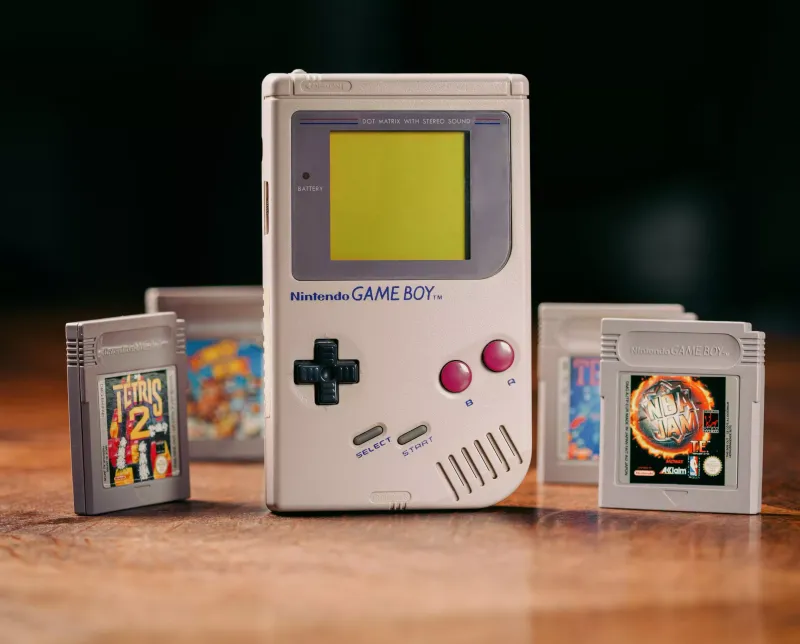
The Game Boy was a gateway to portable gaming, sparking a revolution in how we interact with technology on the go. This handheld console encouraged problem-solving and strategic planning through captivating games.
Children who mastered these games honed skills now essential in mobile app development and game design. The ability to focus and adapt strategies quickly is mirrored in today’s tech jobs that require adaptability and innovation.
Fun trivia: Game Boy’s success in popularizing portable gaming paved the way for today’s mobile gaming industry, highlighting its profound influence on modern entertainment careers.
6. Skip-It
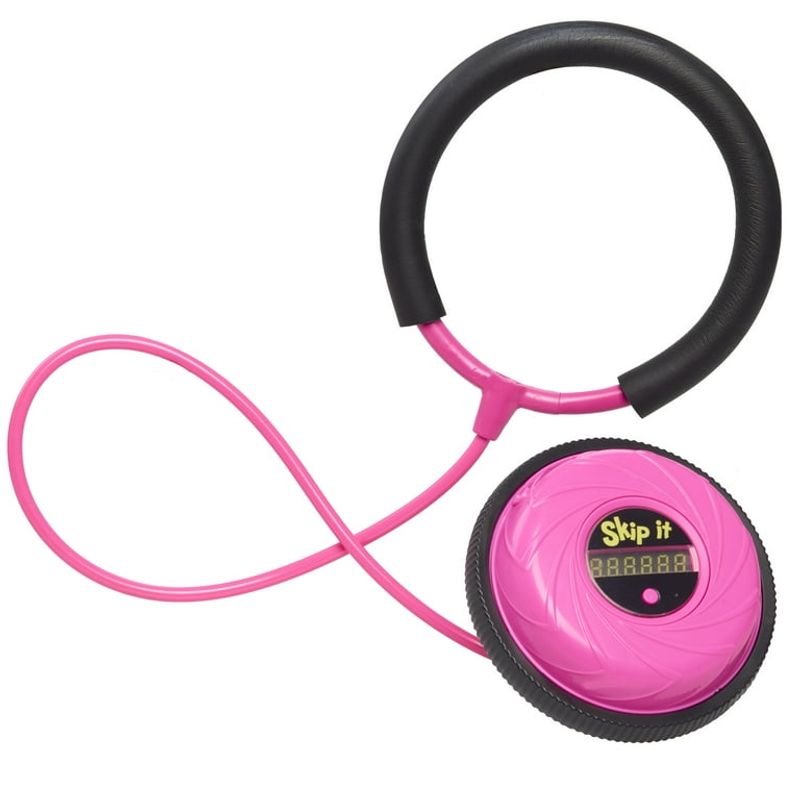
Skip-It was all about coordination and physical activity, encouraging kids to engage in playful workouts. This colorful ankle toy required rhythm and concentration, skills that are crucial in fitness technology and virtual exercise coaching today.
The repetitive motion and counting mechanism fostered early interest in tracking and fitness goals, prefiguring the rise of wearable fitness tech.
Skip-It’s blend of fun and fitness laid the groundwork for a generation more attuned to the benefits of active lifestyles and personal health monitoring, echoing in careers focused on wellness technology.
7. Furby
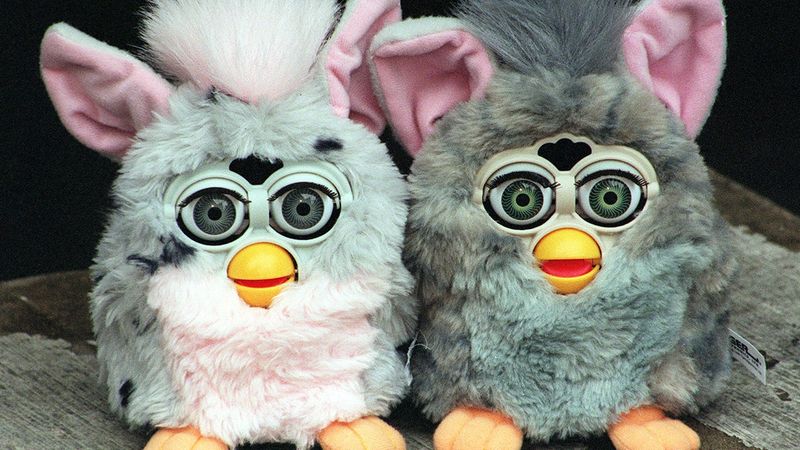
Furby, the talkative creature, was an early introduction to interactive AI. This toy responded to touch and sound, mimicking basic artificial intelligence attributes.
Kids learned about cause and effect, as Furby’s reactions would change with interactions. This understanding of interactive devices foreshadowed roles in AI development and human-computer interaction.
Fun fact: Furbys could ‘learn’ over time, adapting their speech to include more complex phrases, a primitive form of machine learning that intrigued young minds.
8. Pogs
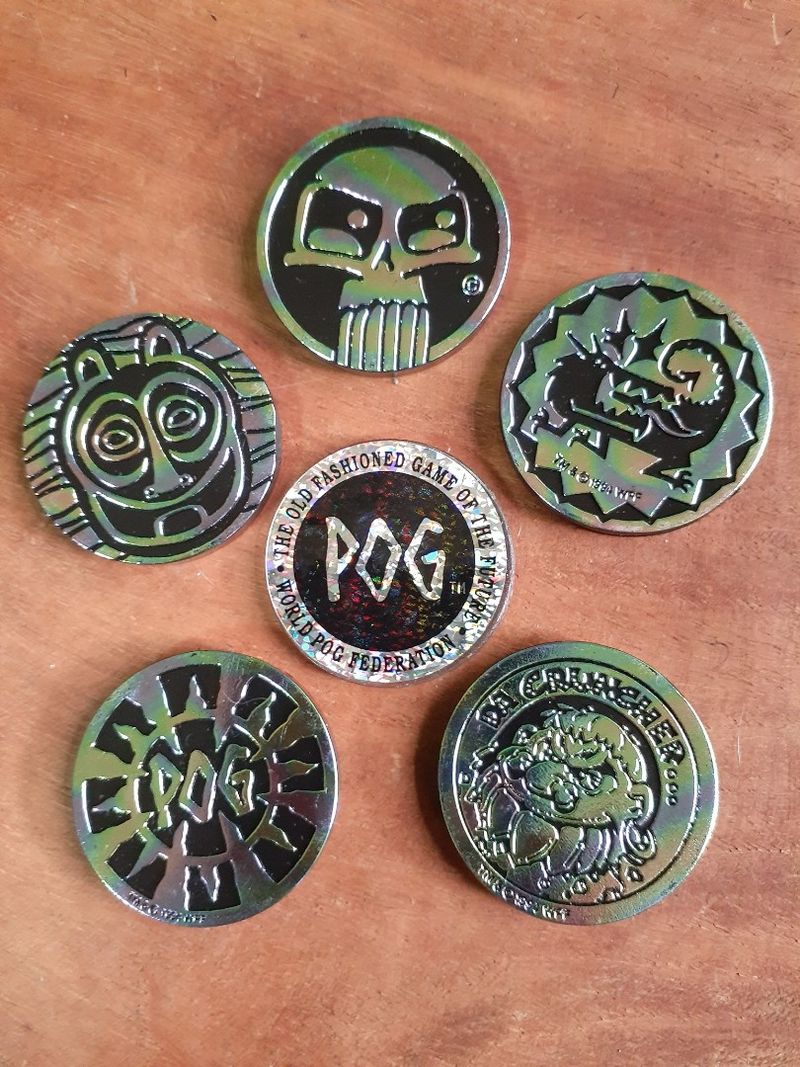
Pogs, those collectible cardboard discs, were lessons in strategy and collection management. The game required players to think critically about each move to win their opponent’s Pogs.
This mirrored the skills needed in project management and strategic planning careers. Collecting and trading Pogs also taught negotiation and value assessment, key elements in business and finance.
Pogs encouraged a competitive spirit and an understanding of value, making them more than just a playground pastime but a precursor to strategic thinking in professional settings.
9. Easy-Bake Oven

The Easy-Bake Oven was a delightful introduction to culinary arts, allowing kids to explore baking with a simple light bulb. This toy sparked interest in cooking and food science, precursors to careers in culinary innovation and food technology.
By experimenting with recipes, children learned patience, precision, and the basics of food chemistry.
Fun tidbit: The Easy-Bake Oven inspired a generation of young chefs who later pursued culinary arts, contributing to the evolution of modern gastronomy and food-based tech solutions.

